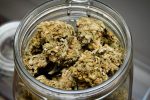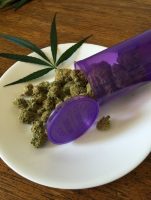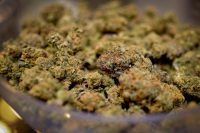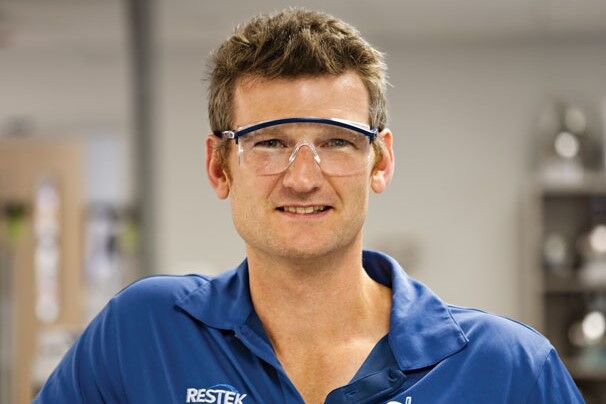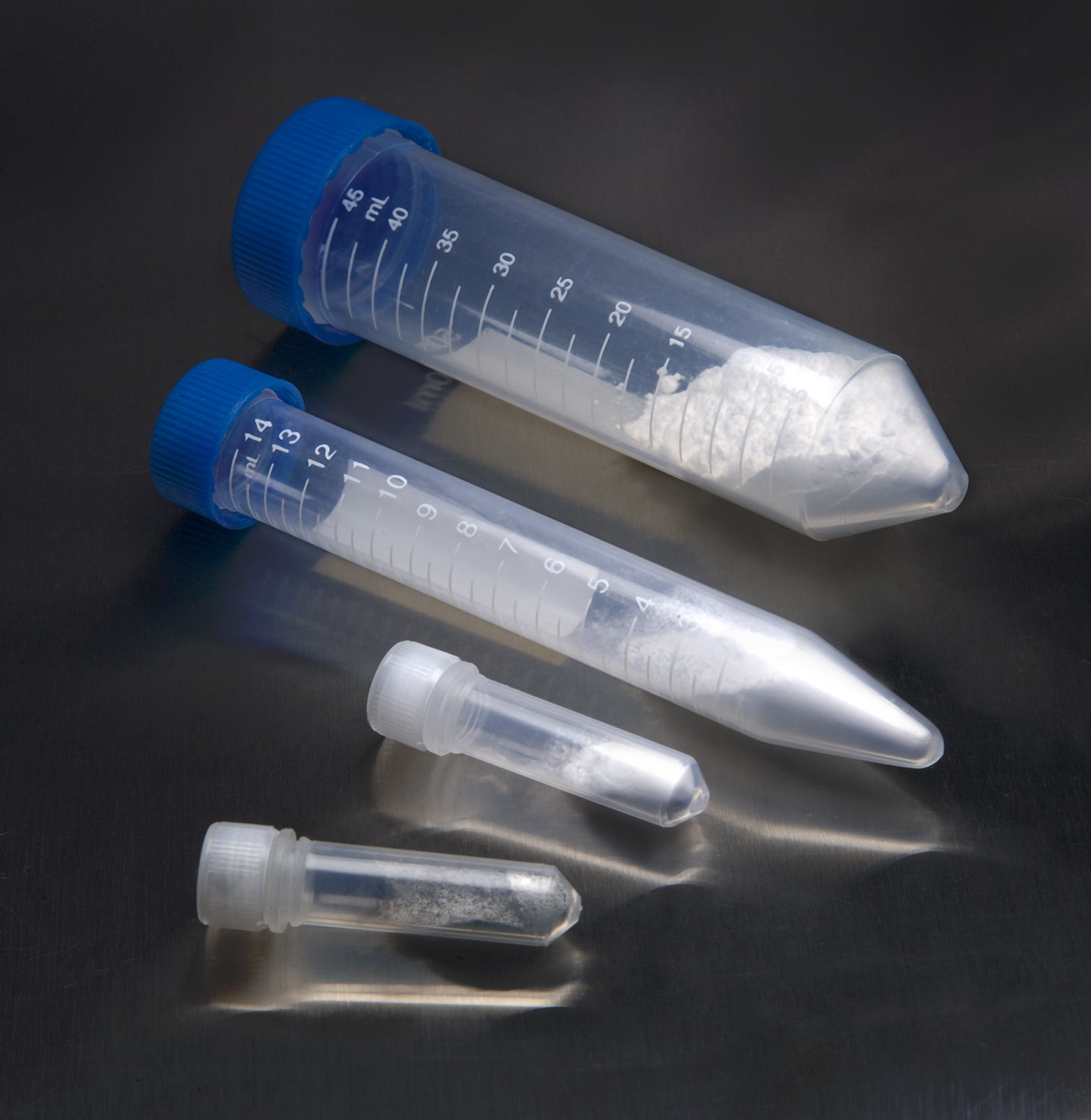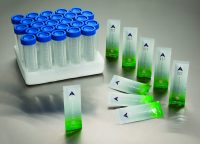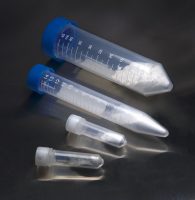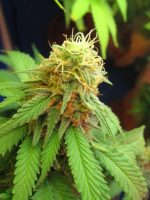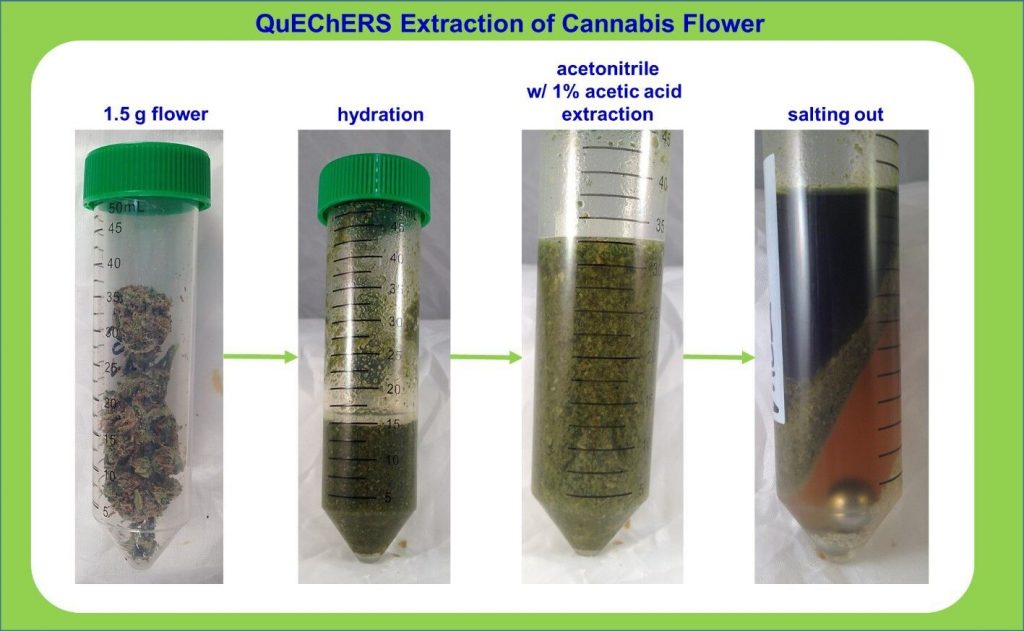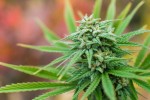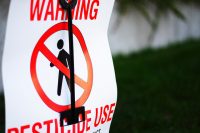The ultimate goal of any business is to produce and generate revenue. Now, when the company’s revenues drop, who’s fault is it? This question, though silent, is in the minds of everyone in an organization, especially when things start to become difficult.
Working as a consultant in productivity with different industries around the world, I have come to realize that question is not openly discussed, but everyone wants to know the answer. To answer it, we will explore the most common areas of opportunity related to this problem.
When we talk about productivity, we are talking about final tangible results, because of the production process and the effort made by each one; when speaking of income, we are talking about the difference between the purchase price and the cost of entering the market. Seeing these definitions, we might conclude that the increase in income is directly related to the increase in productivity.
On the other hand, we must not lose perspective that the increase in productivity is also directly related to the decrease of losses.
First, we have to put into perspective the goals and objectives that a business or organization may have. Many companies go on believing that everyone is clear about the goals and organizational objectives and what is expected in each one of those roles that compose the organization. The reality is that, if we do not know where we are going, the chances of reaching the goal decrease.
When organization’s objectives are properly communicated, and documented, in such a way that the evaluation of the performance is directly linked to the expected results, the chances of success increase substantially.
On many occasions, I have heard phrases such as: “we work hard, we spend many hours, all sacrifice ourselves… we should be more successful”. The question then is: what are we encouraging, efforts or results?
It is hard for organizations to translate or differentiate between organizational goals and individual objectives (expected results) for each of those roles in the company. We all agree that we want to be the first in sales, the best in service and produce the highest quality, but how is that done?
To be the first in sales, what do I have to do as a seller? Get three customers in a three-month period? As secretary, process the orders in the first three days of receiving them? As a carrier, suggest three ideas be more useful in daily deliveries? How does that translate into individual performance?
We focus too much on telling people what they must do, but we forget to be clear on what we expect them to achieve. Hence, the effort versus result dissonance. The success of an organization is the collective behavior that arises from the conduct of individuals. If we align people, we align the organization.
Other elements that we must ponder, and that are directly related to productivity, are: how much of what we do holds value? How much of what we do does not have value? Moreover, how much of what we do, though it has great value, shall be performed by the requirements of law or regulation?
An analysis of productivity is critical, particularly in a time when we want to do more with less. Lately, an area of great success for many organizations is to streamline processes to make them more simple, efficient and with less risk of error. Human errors generated many losses. Defects, the re-process, the handling of complaints and lawsuits are costing companies money equivalent to the salary of 7,200 employees every day (according to statistics in the United States).
Human errors can be avoided. The idea that to err is human has led us to ignore this problem. We think that we can do nothing and lose an infinite number of opportunities for improvement that can help us to increase our income, reducing losses.
Only 16% of organizations measure the cost of human error. The remaining 84% do not measure it and are paying a high price without knowing it. In Puerto Rico, there are no statistics that could shed light on how many local companies lose because of human error, but it is very likely that the numbers are alarming. Human error can be reduced by 60% in less than a year when an intervention is done on systems. Approximately 95% of human errors are due to the design of the company’s systems, and they can be the simplest errors even in the most complex processes.
Today, we have more information, and we know that errors are symptoms of deeper problems in the processes created by the organizations. People play a crucial role regarding how robust methods are, but, we must not lose perspective that human beings operate according to the policies, procedures, and instructions which the same organization designs. Then, if people work according to the designs of the organization, is it not easier to modify designs than eliminating people?
So, who’s fault? Organizations are responsible for providing clear guidance to individuals in the right direction, and individuals have the responsibility of translating their efforts into results. Both have to work with the same objective in mind, and both employers and employees should communicate openly about these objectives. Only by working in partnership will achieve success. Forget who is to blame and focus on the processes and goals that help us be successful.




